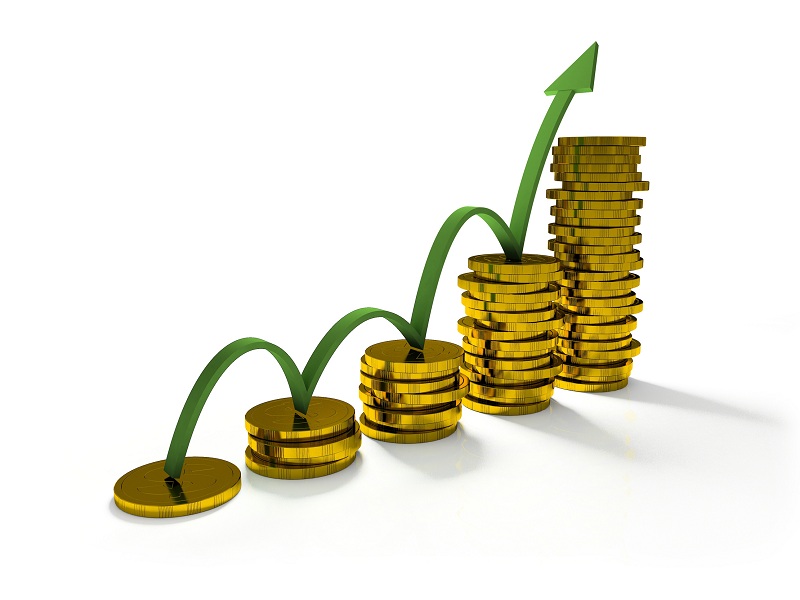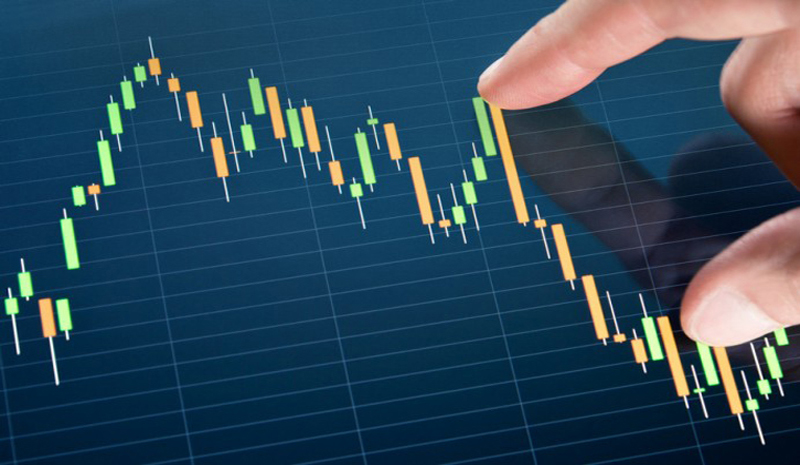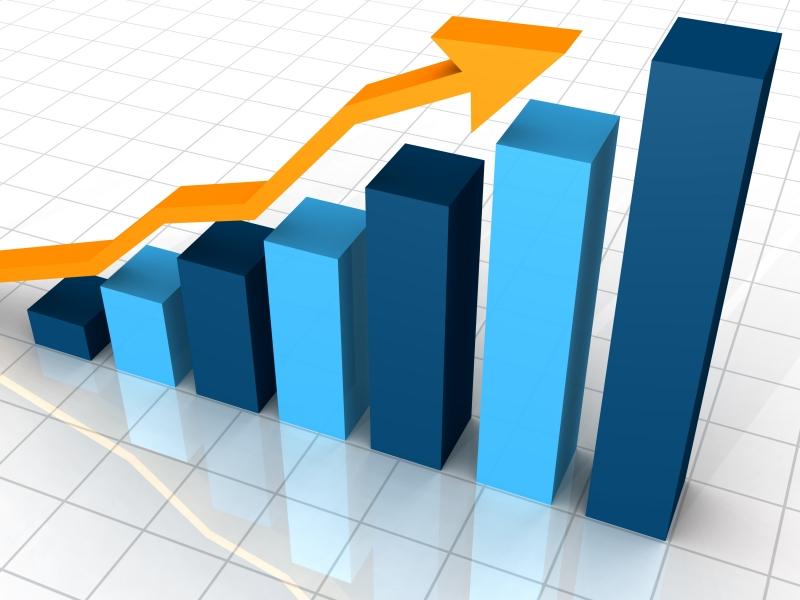Have you ever wondered what trading indicator you could always use regardless of your skill level? RSI, the Relative Strength Index, is such an indicator. It is an indicator that can be used as a standalone trading system without the need for any other method.
Helpful for the beginner
If you are new to trading Forex, simplicity is important. The RSI indicator can help you understand what is happening on your charts with a minimum of learning. Most Forex educational formats teach you about every tool in the toolbox when you don’t need all of the tools in the toolbox to trade Forex.
The problem with Forex education
Suppose you went to college to get a degree in a particular kind of mathematics. While you were in school however you had to take classes in every aspect of mathematics so that when you were done you still didn’t really know that much about the area of mathematics you were interested in.
For the most part Forex educational systems teach you about everything in a “vanilla” sort of way so that when you are done you look around – after spending $5,000 – and are still wondering how to trade Forex.
The RSI has 4 signals to learn
Suppose you could learn 4 different signals on one chart. Suppose that when you looked at a trading chart regardless of currency pair or time frame,that with a few calculations you knew more about what was going on on that chart then most professionals.
RSI allows the trader to get an immediate picture of what is happening on a trading chart in a matter of minutes.
Manually or automatically
RSI has been around since 1978 and is still used extensively to determine whether prices on a trading chart are overbought or oversold. This is NOT the correct use of RSI. It does not determine whether prices are overbought or oversold. However this is what most books and educational formats will tell Forex traders.
The 4 signals of RSI are positive and negative divergence and positive and negative reversals. All 4 of these signals can be plotted manually using the drawing tools on a chart or they can be implemented automatically using an indicator called The RSI Paint Indicator.
Why these signals are so important
In the 9 1/2 years – 2000 to June 2010 – there were over 9200 of these signals on RSI hourly charts. You can imagine how many more there were on 15 minute charts. On hourly charts over that period, reversal signals averaged over 70 pips per trade.
If 25% of those trades were one kind of reversal that would mean roughly a total of 17,000 pips per year or 71 pips averaged per trading day on hourly charts.
Nothing else is needed
RSI does not need trend lines to tell the trader when to trade. It doesn’t need Fibonacci, or Gann or Elliott Wave. RSI is a standalone trading indicator that measures momentum in the market and uses the 4 signals above to tell the trader when to trade.
If you are just starting out in Forex or you have been trading unsuccessfully you should consider the small investment in learning RSI a step in the right direction. You can learn more about RSI by reading the eBook, RSI Fundamentals, Beginning to Advanced.
Paul Dean is the owner of You Learn Forex and has been trading Forex for nearly five years. He has worked extensively with RSI, the Relative Strength Index in the past three years developing new insights with trader/programmer, David Moser.
Their research has brought to light important statistical data regarding RSI that benefits traders who use it make better trading decisions.
This information is available in his eBook, RSI Fundamentals:
Beginning to Advanced with 195 pages and over 100 colored charts in downloadable format, all part of a statistically based Forex trading system, The RSI PRO Forex Trading System, which uses 4 signals on RSI to trade.




